Up to now, many craft village products have been evaluated and classified in the OCOP Program, helping to improve products in terms of design and quality, increase competitiveness in the market, and increase value...

More than 27% of OCOP products come from craft villages
In an effort to develop local traditional crafts, some households have invested in factories, focusing on packaging, design, building the Bang An dried tea brand (Dai Dong commune, Thach That district), expanding domestic and foreign consumption markets. Chairman of Dai Dong Commune People's Committee Kieu Thi Khuyen said that in the commune, there are 40 households making dried tea, supplying products to consumers near and far. In particular, dried tea products have been recognized as achieving 3-star OCOP.
According to the report of the Office of the Coordination of the New Rural Development Program of Hanoi City, the whole city currently has more than 1,350 craft villages and villages with occupations. Of which, there are 334 craft villages, traditional occupations and traditional craft villages recognized by the City People's Committee in 25 districts, towns, including: 269 villages recognized as Craft Villages, 60 villages recognized as Traditional Craft Villages, 5 occupations recognized as Traditional Crafts.
In fact, preserving and developing craft villages plays an important role in the transformation of the economic structure of rural areas, especially in localities with craft villages. The total annual revenue of 334 craft villages and traditional craft villages reaches over 24,000 billion VND/year. Craft villages have seen growth in revenue, production value and export value over the years, of which, some craft villages have high revenue/year such as Son Dong fine art sculpture village; La Phu confectionery and knitting village; Minh Khai agricultural and food processing village; Phung Xa agricultural tool mechanical craft village; Huu Bang village's carpentry and sewing village, Thiet Ung traditional fine art craft village...
The average income of workers in craft villages is much higher than that of purely agricultural workers, the average income is commonly at 7 million VND/worker/month. Different craft villages have different income levels of workers such as: rattan and bamboo weaving village, the average income of workers is 5-6 million VND/person/month, the average income of fine art sculpture village is 10-15 million VND/person/month.
Craft villages are a great opportunity for Hanoi to develop the OCOP Program. According to the Office of the Coordination of the New Rural Development Program of Hanoi, from 2019 to present, Hanoi has evaluated and classified 2,711 products. Of which, there are 6 5-star products, 12 potential 5-star products, 1,473 4-star products and 1,220 3-star products. Particularly for the craft village area, the city has 745/2,711 products (accounting for 27.48%).
“Craft village products are diverse in types, beautiful in design, good in quality, some have competitive advantages in domestic and foreign markets, such as: garment products, ceramics, traditional weaving and embroidery, wooden products for consumption and construction, mechanics, agricultural and food processing…”, said Nguyen Van Chi, Deputy Chief of the Standing Office of the Office of the Coordination Office of the New Rural Development Program of Hanoi City.
Add value to your product
Over the years, the city has had many policies and strategies to support the development of craft villages, contributing to the preservation, conservation and development of traditional occupations, craft villages, and villages with crafts, improving the competitiveness of products in the market. In particular, thanks to participating in the OCOP Program, many products have been completed with good quality, beautiful designs, and certification, creating trust in the market.
Quickly and skillfully carving each piece of wood and shaping the product, Mr. Nguyen Trung Thang (Canh Nau Industrial Park, Thach That District) said that he has been involved in the village's traditional craft for more than 30 years. Currently, his family specializes in making rosewood beds, cabinets, and sofas. Thanks to the traditional craft, everyone in Canh Nau has a job and a good income. Recently, many products have also participated in the OCOP Program, so they have been supported to improve the production process, and product designs have also increased.
According to the Office of the Coordination of the New Rural Development Program of Hanoi City, in recent times, the OCOP Program has helped craft villages focus more on innovation, design, etc. so that craft village products can both preserve the cultural identity and the soul of the homeland and the country, and at the same time have appropriate improvements in line with modern trends, integration, and affirm the position of Hanoi craft village products in the domestic and international markets. The OCOP Program contributes to preserving and developing craft villages, motivating generations of artisans and skilled workers to pass on their skills to the next generation; preserving and promoting the cultural and historical beauty of the thousand-year-old capital.
In the coming time, the city will continue to support craft villages in training in the form of vocational training and vocational propagation, building mechanisms and policies to encourage artisans and skilled workers to participate in vocational training and vocational training, focusing on traditional and traditional occupations, international cooperation in product design, promoting the expansion of export markets... to develop more OCOP products and further improve quality.
Source: https://hanoimoi.vn/du-dia-lon-de-ha-noi-phat-trien-san-pham-ocop-tu-lang-nghe-679726.html






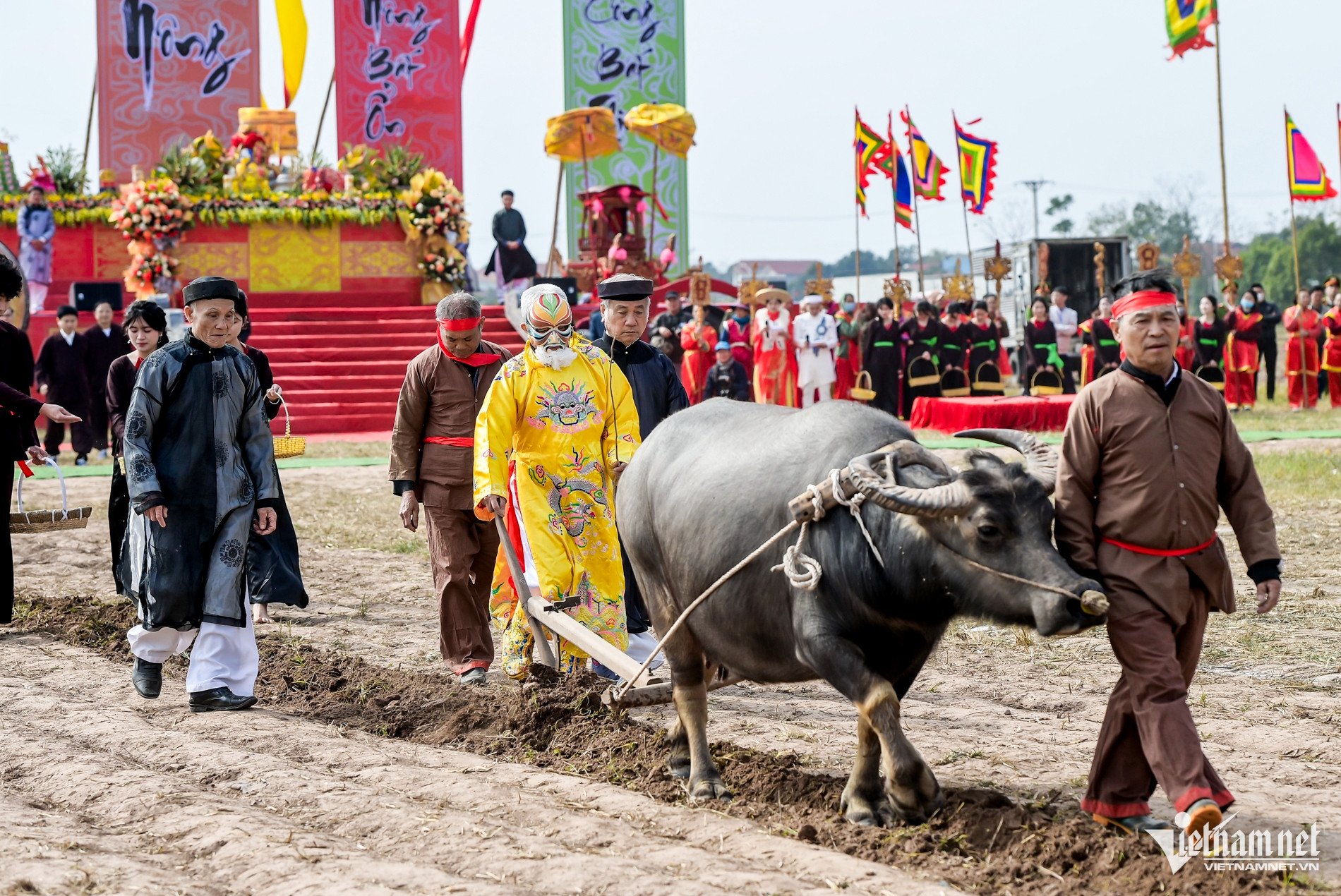














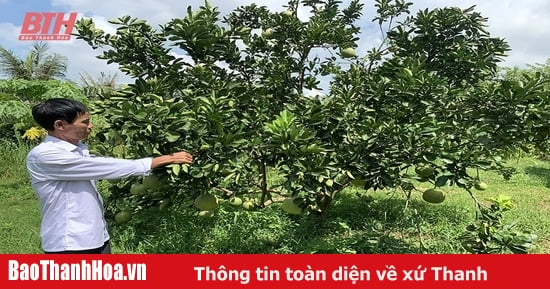

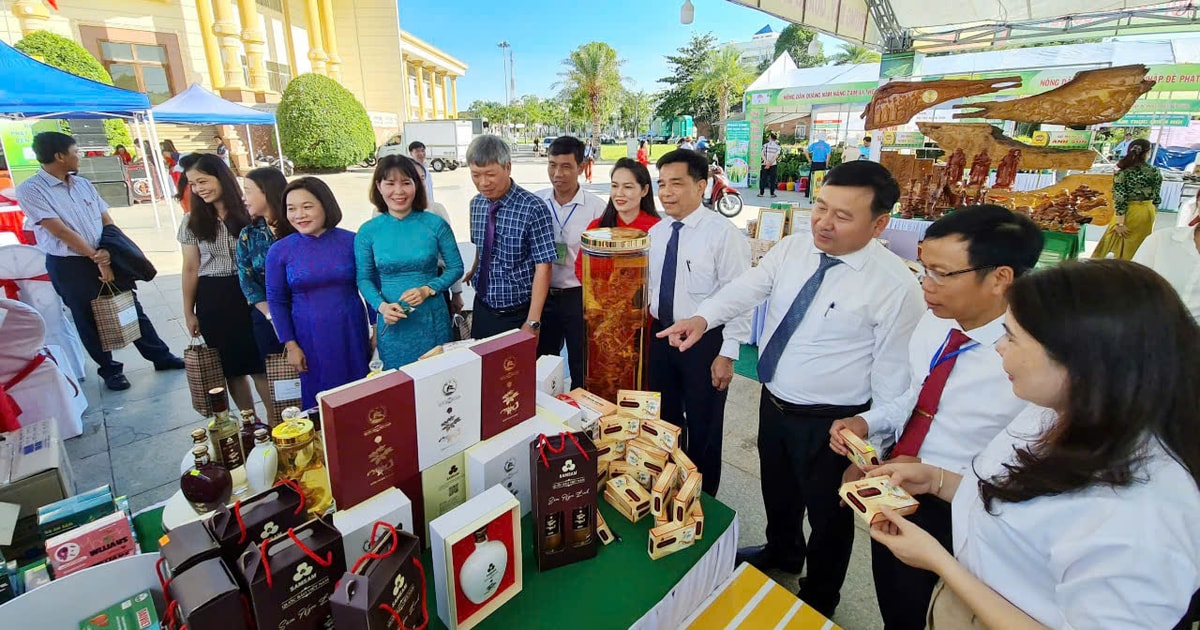














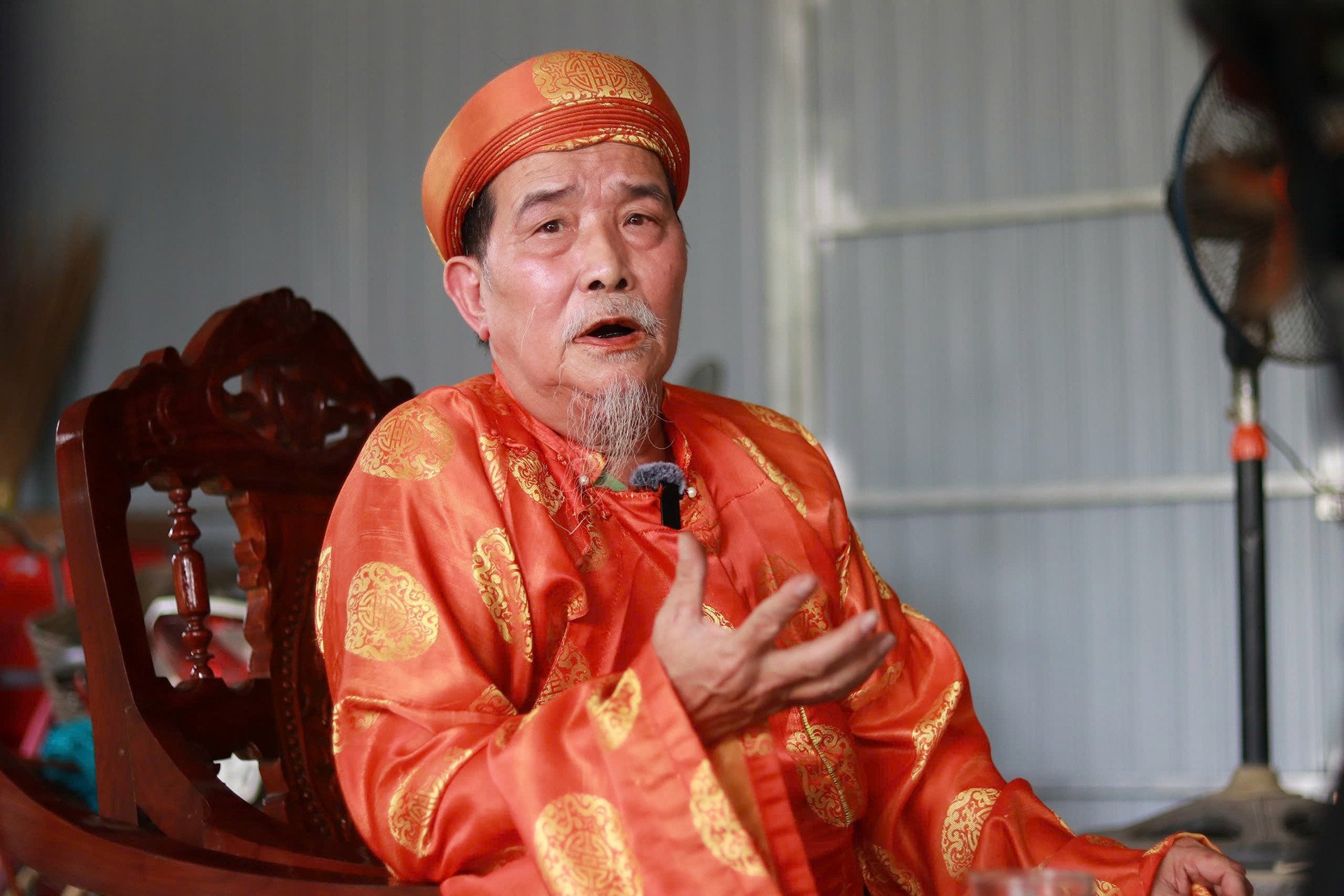

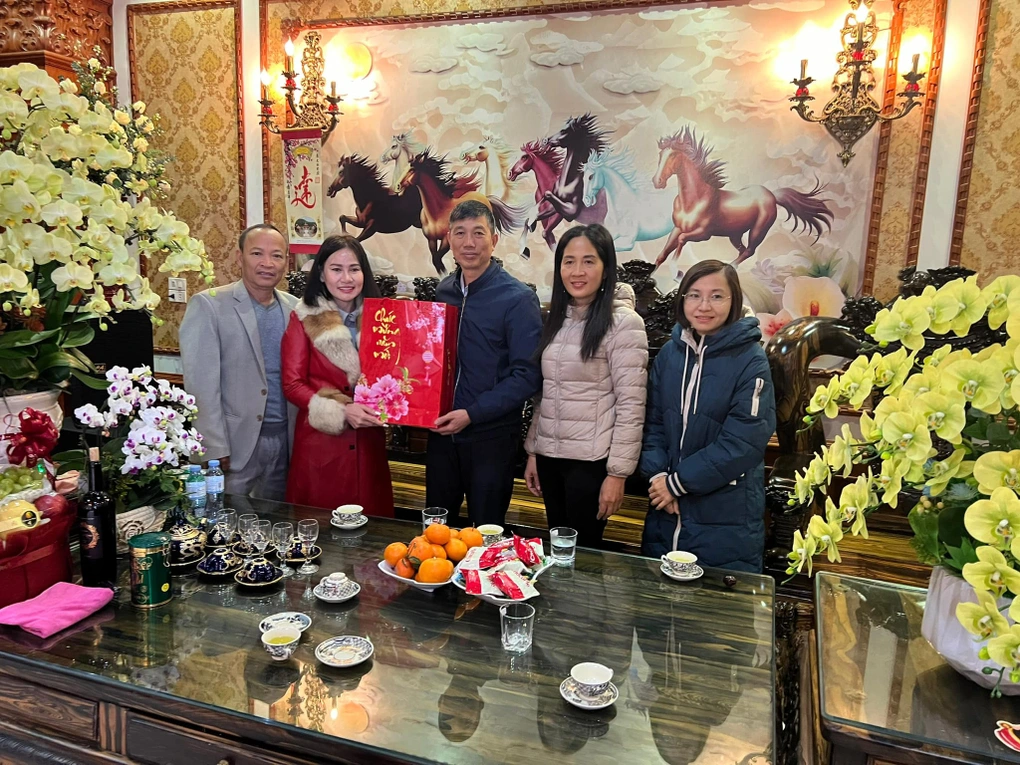








Comment (0)